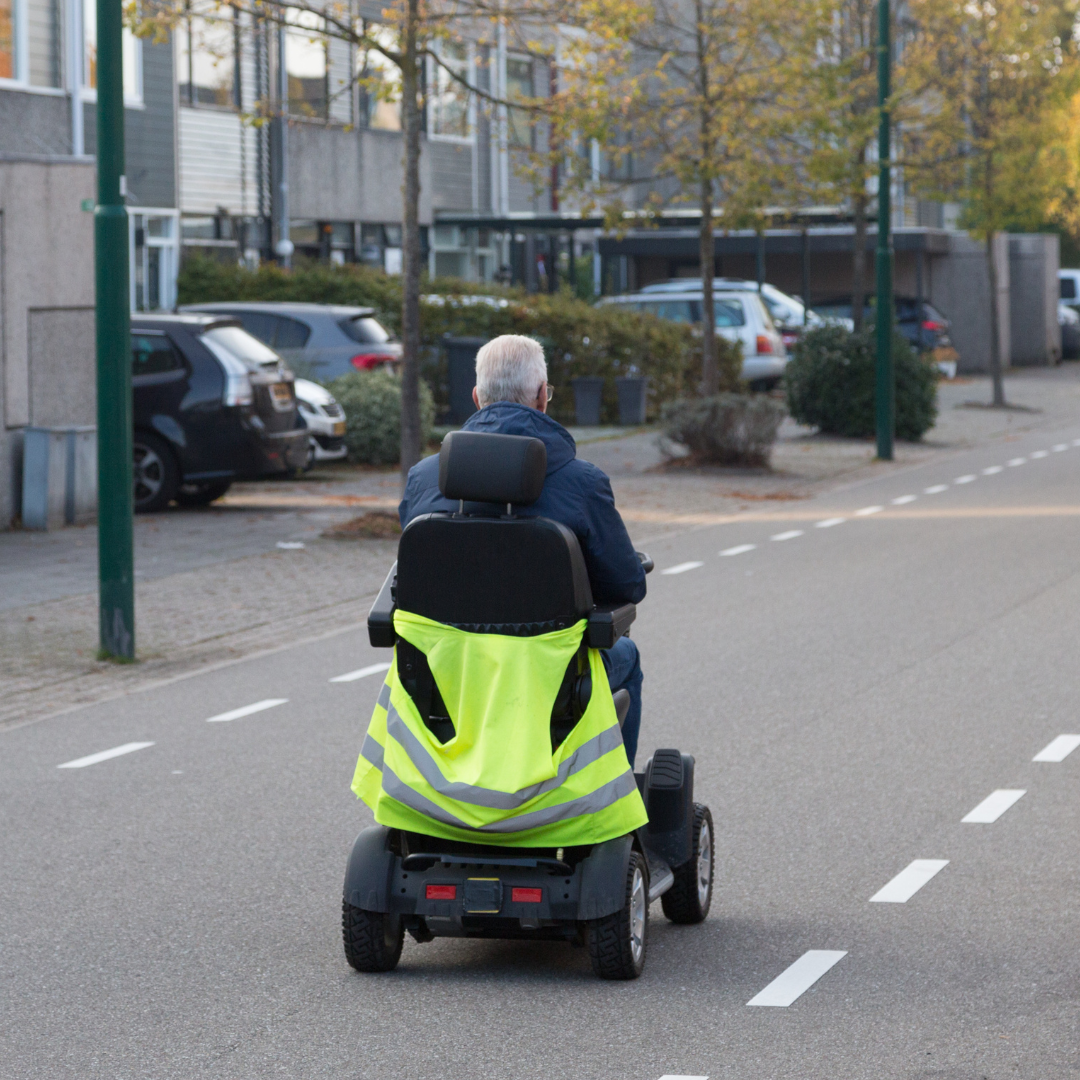Executive Summary
The mobility scooter market presents a significant opportunity for online sellers, with a growing elderly population and increasing demand for personal mobility solutions. This analysis examines the different types of mobility scooters available, potential sales channels, leading manufacturers, and key considerations for entering this market.
Mobility Scooter Types
Travel/Portable Scooters
Description: Lightweight, easily disassembled for transport
Price Range: $700-$1,500
Target Market: Active seniors, travelers, those with minimal mobility issues
Key Features: 3-4 wheels, battery range of 10-15 miles, weight capacity 250-300 lbs
Mid-size Scooters
Description: Balance between portability and comfort
Price Range: $1,200-$2,500
Target Market: Regular daily use, moderate mobility issues
Key Features: Improved suspension, battery range of 15-20 miles, weight capacity 300-350 lbs
Full-size/Heavy-duty Scooters
Description: Maximum comfort and range for daily use
Price Range: $2,000-$5,000+
Target Market: Users with significant mobility issues, daily long-term use
Key Features: Enhanced suspension, battery range of 20-30+ miles, weight capacity 350-500 lbs
All-terrain Scooters
Description: Designed for outdoor use on varied surfaces
Price Range: $2,500-$7,000
Target Market: Outdoor enthusiasts, rural residents
Key Features: Robust tires, enhanced suspension, higher ground clearance
Luxury/Specialty Scooters
Description: Premium features, stylish designs
Price Range: $3,000-$10,000+
Target Market: Style-conscious consumers, those seeking specific features
Key Features: Premium materials, advanced technology, customization options
Sales Channels and Marketplaces
Top Manufacturers to Source From
Established Global Brands
Pride Mobility (USA)
Strengths: Wide product range, excellent reputation, strong warranty support
Business Model: Sells through authorized dealers, some direct wholesale
Minimum Order Quantities (MOQ): Varies, but accessible for small-to-medium sellers
Product Lines: Go-Go, Victory, Celebrity, Jazzy
Drive Medical (USA)
Strengths: Competitive pricing, good quality-to-price ratio
Business Model: Distributors and direct wholesale
MOQ: Lower thresholds for new sellers
Product Lines: Scout, Phoenix, Spitfire, Ventura
Golden Technologies (USA)
Strengths: American-made, premium quality, excellent customer service
Business Model: Authorized dealer network
MOQ: Medium (typically requires dealer certification)
Product Lines: Buzzaround, LiteRider, Companion
Invacare (USA)
Strengths: Comprehensive product line, medical-grade equipment
Business Model: Distributor network
MOQ: Medium to high
Product Lines: Lynx, Leo, Comet
Sunrise Medical (International)
Strengths: Global presence, innovative designs
Business Model: Dealer network and distributors
MOQ: Medium
Product Lines: Sterling, Quickie
Value Manufacturers
EWheels (USA/China)
Strengths: Unique designs, competitive pricing
Business Model: Direct wholesale and distribution
MOQ: Low to medium
Product Lines: EW-36, EW-46, various recreational models
CTM Mobility (Taiwan)
Strengths: Good quality at competitive prices
Business Model: Distributors and direct wholesale
MOQ: Medium
Product Lines: HS-Series, HS-890
Afikim Electric Vehicles (Israel)
Strengths: Robust all-terrain models
Business Model: Distributor network
MOQ: Medium to high
Product Lines: Afiscooter S, Breeze
Chinese OEM/ODM Manufacturers
Jiangsu Yuyue Medical (China)
Strengths: Large-scale manufacturing, competitive pricing
Business Model: OEM/ODM, direct wholesale
MOQ: Medium to high
Certificates: FDA, CE, ISO 13485
Zhejiang Kingstar Vehicle Co. (China)
Strengths: Wide product range, customization options
Business Model: OEM/ODM, private labeling
MOQ: Medium (50-100 units)
Certificates: CE, ISO 9001
Suzhou Wujiang Yuhua Medical Devices Factory (China)
Strengths: Specializes in mobility devices, competitive pricing
Business Model: OEM/ODM
MOQ: Medium
Certificates: ISO 9001, CE
Hangzhou Joyous Appliance Co. (China)
Strengths: Value models, high production capacity
Business Model: OEM/ODM
MOQ: Medium to high (80-200 units)
Certificates: CE, ISO 9001
Market Entry Considerations
Regulatory Requirements
FDA Registration: Required for selling medical devices in the US
CE Marking: Necessary for European markets
Product Testing: ANSI/RESNA standards compliance
Insurance Requirements: Product liability insurance (recommended $1-2 million coverage)
Inventory Management
Initial Investment: $10,000-$50,000+ depending on product mix and volume
Storage Requirements: Climate-controlled, secure warehouse space (100-500+ sq ft)
Inventory Turnover: Typically 4-6 times annually for popular models
Seasonal Considerations: Higher demand in spring/summer months
After-Sales Service
Warranty Service: Most manufacturers offer 1-2 year warranties
Parts Sourcing: Establish relationships with parts suppliers
Technical Support: Consider hiring or contracting technicians
Return Policy: Develop clear policies (industry standard is 14-30 days)
Marketing Strategies
SEO Focus: Target terms like "mobility scooter for [specific need]"
Content Marketing: Educational content on mobility solutions
Video Content: Demonstration videos showing features and benefits
Paid Advertising: Google Shopping, Facebook ads targeted to caregivers and seniors
Demographic Targeting: Adults 65+, caregivers (typically women 45-65), healthcare facilities
Market Trends and Opportunities
Growing Segments
Foldable Ultra-Portable Scooters
Increasing demand for travel-friendly options
Price premium of 20-30% over standard travel scooters
Smart/Connected Scooters
GPS tracking, smartphone apps, remote diagnostics
Emerging market with less competition
Aesthetically Focused Models
Customizable colors and features
Appeal to younger mobility-challenged customers
Heavy-Duty Bariatric Models
Growing demand for 400lb+ capacity scooters
Higher margins (20-30% over standard models)
Bundling Opportunities
Scooter + Accessories packages (lifts, ramps, covers)
Service plans and extended warranties (30-50% profit margins)
Financing options (potential for additional revenue stream)
Conclusion
The mobility scooter market offers significant potential for online sellers who can navigate the regulatory requirements and establish reliable sourcing channels. Success factors include understanding the specific needs of the mobility-challenged community, providing excellent customer support, and optimizing for the unique aspects of selling larger medical equipment online.
With the aging population and increasing focus on independence for those with mobility challenges, this market segment is projected to grow by 6-8% annually through 2030, offering sustainable business opportunities for well-positioned online sellers.
Sources
Grand View Research. (2023). "Mobility Scooters Market Size & Share Report, 2023-2030."
Centers for Medicare & Medicaid Services. (2022). "Durable Medical Equipment Coverage."
National Council on Aging. (2023). "Aging in America: Trends and Projections."
U.S. Census Bureau. (2023). "The Older Population in the United States: 2020-2023."
FDA. (2022). "Regulatory Requirements for Medical Devices."
American Association of Retired Persons (AARP). (2023). "Mobility Solutions for Aging in Place."
Journal of Rehabilitation Research & Development. (2022). "Mobility Device Use Among Older Adults."
International Trade Administration. (2023). "Medical Device Industry Assessment."
Mobility Scooters Direct. (2023). "Industry Trends Report."
eMarketer. (2023). "E-commerce Trends in Medical Equipment Sales."

